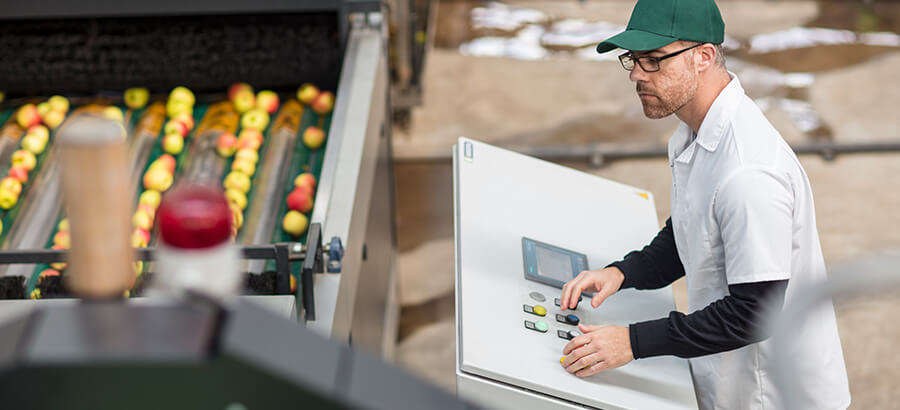In the world of the hyperconscious consumer, food & beverage manufacturers have a duty to manage risk through food traceability technologies such as those found in an Enterprise Resource Planning (ERP), to not only identify and respond to food safety issues, but also to support supply chain optimization and the reduction of food loss.
Besides tracing all processes from procurement of raw materials to production, manufacturers also need to be aware of the lurking presence of allergens and pathogens. These could pose a serious safety risk. According to Baking Business, the top recall category involves undeclared allergens, and the top reason for recalls involves putting the wrong product in or incorrect label on the package.
Understanding the differences between food allergens and pathogens
Let’s first take a step back – there is a distinct difference between food pathogens and allergens, and it is important to understand these differences:
Food pathogens are micro-organisms such as bacteria, viruses, found and fungi. Good examples of these include salmonella, E. coli and listeria. People can become seriously ill when these pathogens are ingested, which sometimes leads to hospitalization.
Food allergens can be separated into food allergies and food intolerances (like gluten, milk or dairy). These categories should not be confused with each other. While a food intolerance is not life threatening, a food allergy can be far more serious. These foods, and any food containing them, must by law, be identified on the food product’s label.
With so many potential risks in the supply chain, it is vital to implement a proper risk management methodology – formally known as a Food Safety Management System (FSMS)
What is a Food Safety Management System?
Pathogens and allergens occur independently of one another and each one requires a unique intervention. This is where a Food Safety Management System comes in. A FSMS is a systematic approach to controlling food safety hazards within a food business in order to ensure that food is safe to eat. The role of a FSMS is twofold – the management of a product during production through rigorous testing, as well as the inclusion of necessary warnings on the labels.
Data is the foundation of your FSMS
The reality is that using people to collect data is a waste of both time and money. In order to manage this process, real time data needs to be automated and digitized so that manufacturers can focus on critical decisions and be more effective. Here it is vital to focus on getting the important information to the key people as quickly as possible so that the correct decisions can be made. There are different types of data that will be needed:
- The incoming raw materials traceability information.
- The verification testing of those raw materials by the organization, and release to production of that material.
- The regular checks during production to ensure that the process is still compliant. These would be the CCP checks, and any others required by the company’s management systems.
- The release of that product and the data supporting that release.
- The non-compliance of the product based upon the required testing, and the resultant alerts to management.
How technology fits into the picture
Technology is the logical requirement for allergen and pathogen traceability. There are two types of systems required:
- the specialist software fully customizable based upon the requirements of the organization i.e. which industry and micro vertical they are part of, and
- the large ERP system that collects records of all transaction across the enterprise and can interrogate these records instantaneously.
We have not covered the ERP system thus far, but the volume and level of detail required by the traceability system will require an ERP system once the product have been delivered to the next link in the supply chain. Time is of the essence once it becomes a recall and a paper-based system can no longer give the required response within the expected time constraints.
That having been said, there is no software that can prevent allergens and pathogens occurring in the product – that is a culture and discipline issue within the organization. Which brings to the fore the reliance on people and discipline, which can only be effectively addressed through awareness, training and the correct decision-making by the staff.
The critical step here is for the organization to undertake a thorough risk assessment of its food manufacturing facility and processes, and fully understand exactly what the risks are, where they are, and the organization’s exposure to those risks. Once this has been established, it needs an IT strategy to mitigate the risks by integrating the information flow to the relevant people as quickly as possible to ensure that the best decisions are made. It will also require an ERP to ensure that a recall can be quickly and accurately triggered if any product has left the site.






